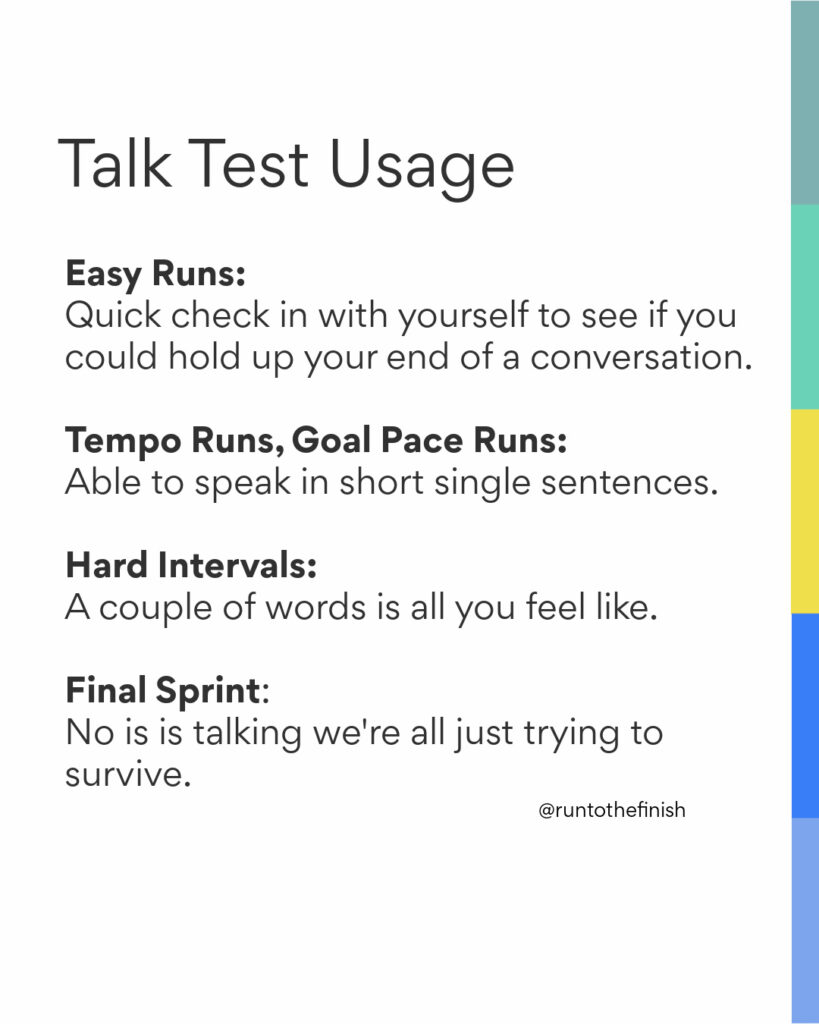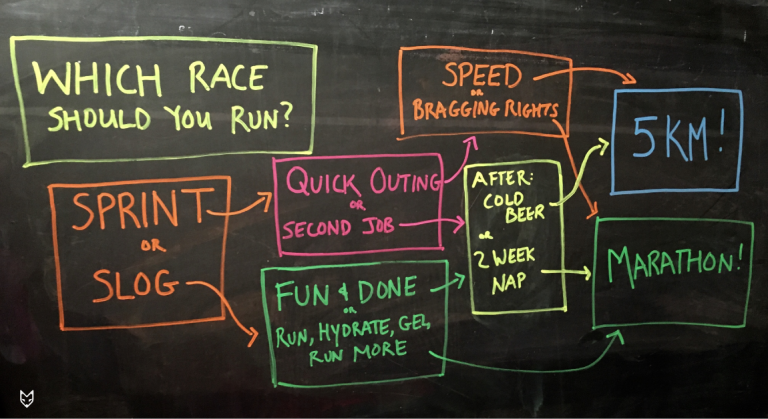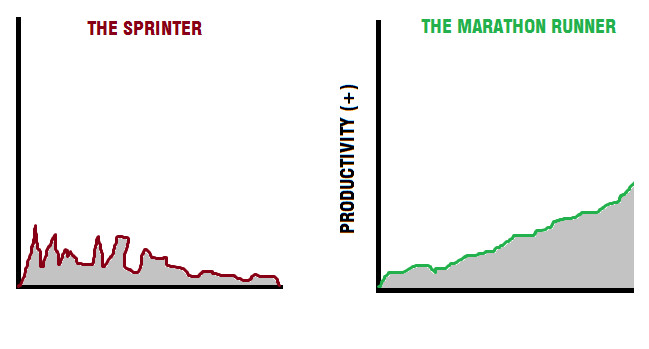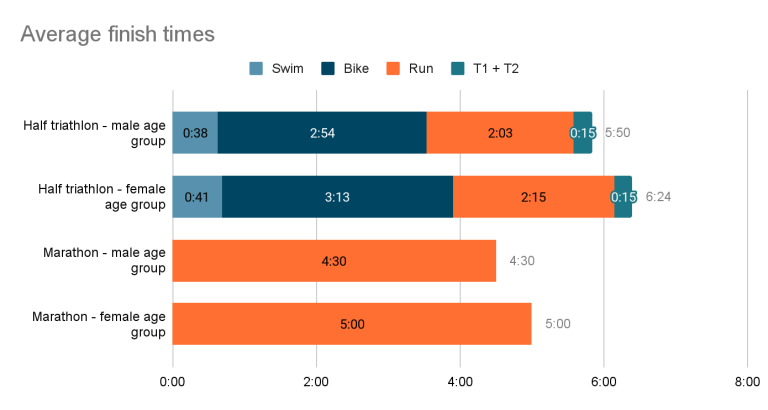How To Pace Yourself While Running
To pace yourself while running, focus on your breathing and maintain a steady speed. Pacing yourself while running is crucial to improve performance and prevent burnout.
By finding the right balance between speed and endurance, you can push yourself without overexerting. Pay attention to your breathing rhythm and adjust your pace accordingly. It’s essential to listen to your body and make gradual adjustments to find your optimal running speed.
Utilize techniques such as running with a metronome or following a pre-set pace to stay consistent. Remember that proper pacing not only enhances your running experience but also reduces the risk of injury and exhaustion. Mastering the art of pacing will allow you to achieve your running goals efficiently and enjoyably.

Credit: www.facebook.com
Benefits Of Pacing Yourself
When it comes to running, pacing yourself is crucial for achieving your best performance and enjoying a safe and effective workout. By understanding the benefits of pacing, you can improve your running experience and reach your goals with confidence.
Avoiding Early Burnout
Pacing yourself while running helps in avoiding early burnout. When you start with a steady pace, it prevents you from exhausting your energy too quickly, allowing you to sustain your effort over a longer distance. This steady approach enables you to stay motivated and push through mental barriers without the risk of burning out prematurely.
Preventing Injuries
One of the key benefits of pacing yourself is the reduction of injury risk. By maintaining a consistent pace, you lessen the impact on your joints and muscles, thus lowering the chances of overuse injuries. An evenly paced run also allows your body to adapt gradually, decreasing the likelihood of straining or stressing your muscles and tendons.

Credit: runnersconnect.net
Finding Your Ideal Pace
Discovering the right pace for your runs is crucial to enhance your performance and prevent injury while running.
Calculating Your Target Pace
- Determine your fitness level to understand where you currently stand.
- Use online calculators or running apps to estimate your target pace.
- Consider factors like age, heart rate, and running experience when calculating.
Listening To Your Body
- Pay attention to your breathing to ensure you’re not pushing too hard.
- Feel your muscles and adjust your pace if you experience pain or discomfort.
- Take breaks when needed to avoid exhaustion and prevent overexertion.
Training Techniques For Pacing
Training techniques for pacing in running are crucial for improving performance and preventing burnout.
Interval Training
Interval training involves alternating between high and low-intensity running to build endurance and speed.
Tempo Runs
Tempo runs help you practice running at a steady pace, improving your threshold for fatigue.
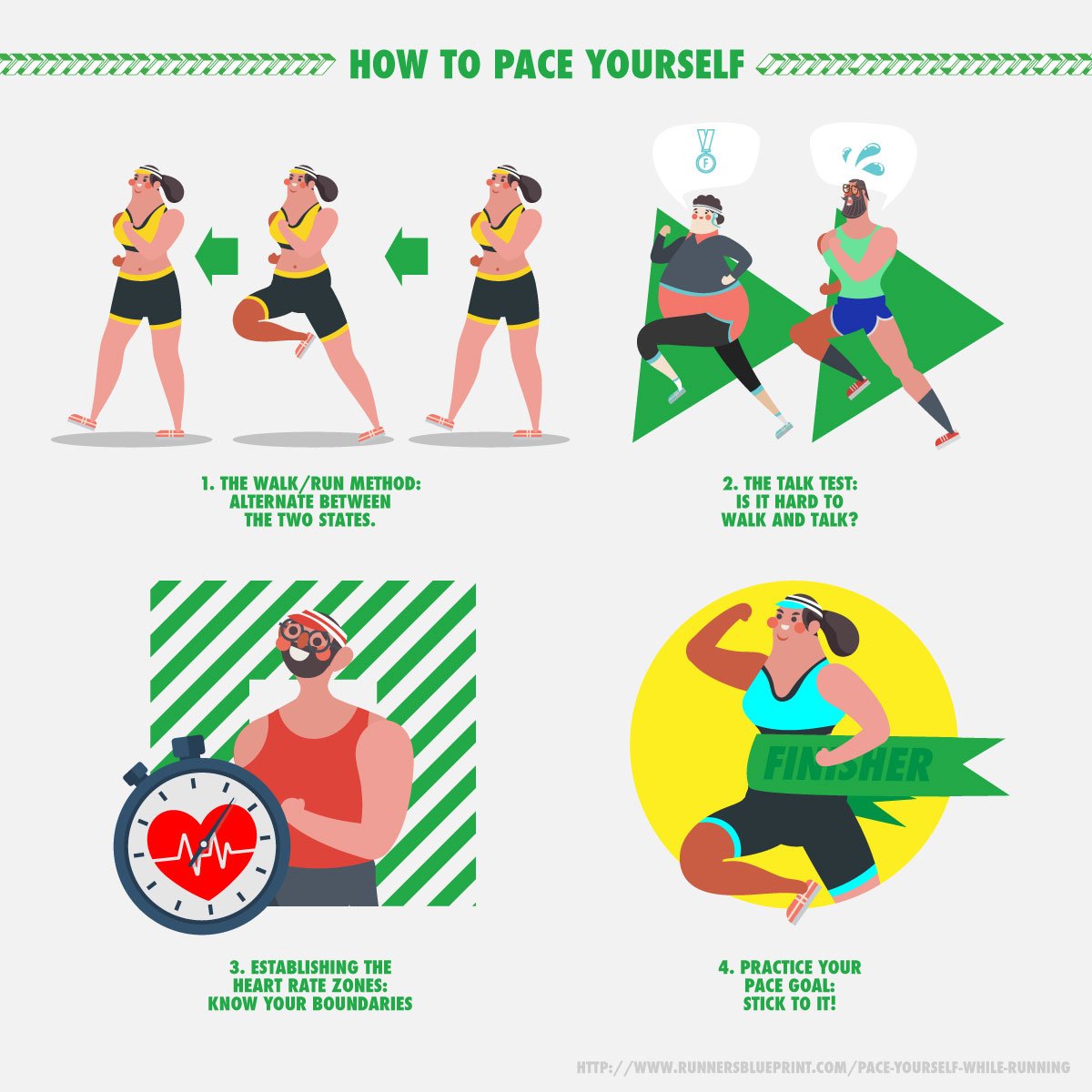
Credit: twitter.com
Mental Strategies For Pacing
Pacing yourself while running is not just a physical challenge; it also requires mental strength and strategic planning. Here are some mental strategies you can use to improve your pacing and enhance your performance.
Setting Realistic Goals
Setting clear and achievable goals is crucial for maintaining a steady pace during a run. Rather than aiming to run at top speed from the beginning, focus on setting realistic targets for each stage of your run.
Break down your run into manageable segments and establish pace objectives for each segment. This approach will help you stay motivated and maintain a consistent pace throughout the run.
Using Visualization Techniques
Visualization can be a powerful tool for pacing yourself effectively. Before your run, take a few moments to visualize the path you will be running, envisioning yourself running smoothly and maintaining a steady pace.
Picture yourself achieving your pacing goals and crossing the finish line with confidence. This mental preparation can help you stay focused and calm, allowing you to adjust your pace as needed throughout the run.
Tips For Maintaining A Consistent Pace
Maintaining a consistent pace while running is crucial for endurance and injury prevention. To achieve this, focus on your breathing, establish a rhythm, tune into your body’s signals, set realistic goals, and gradually increase your speed and distance.
Focusing On Breathing
One key aspect of maintaining a consistent pace while running is to focus on your breathing. By paying attention to your breath, you can ensure that you are not exerting too much energy or straining yourself. It is important to find a comfortable rhythm that allows for efficient oxygen intake and prevents you from feeling breathless. Here are a few tips to help you focus on your breathing:
- Breathe in through your nose and out through your mouth to maximize oxygen intake.
- Take deep breaths, allowing your diaphragm to fully expand and contract.
- Focus on exhaling fully, as this helps release carbon dioxide from your body.
- Find a breathing pattern that matches your running stride, such as inhaling for two steps and exhaling for two steps.
Using A Metronome
Another useful tool for maintaining a consistent pace while running is a metronome. A metronome is a device that produces a steady beat or rhythm, which can help you establish and maintain a specific pace. Here are a few ways you can use a metronome to improve your running pace:
- Set the metronome to a comfortable cadence that matches your running style. This can help you maintain a consistent rhythm and prevent you from speeding up or slowing down unintentionally.
- Run with the metronome for a few minutes to get accustomed to the beat. Pay attention to how your body feels at that pace, and adjust your stride if necessary.
- Gradually increase the metronome’s tempo to challenge yourself and boost your running speed. However, be mindful not to push yourself too hard, as it is crucial to find a pace that is comfortable and sustainable.
- Consider using a metronome app on your phone or a wearable device that allows you to set a preferred cadence and provides auditory cues during your run.
By combining these two strategies, focusing on breathing and using a metronome, you can improve your ability to maintain a consistent pace while running. Remember, finding the right balance between pushing yourself and staying comfortable is key to achieving optimal performance and preventing burnout.
Frequently Asked Questions For How To Pace Yourself While Running
How Do I Pace Myself While Running?
To pace yourself while running, start with a slow and steady pace, focus on your breathing, and use a run-walk method if needed.
What Is The Best Way To Maintain A Consistent Pace While Running?
To maintain a consistent pace while running, try using a running app or watch to monitor your pace, practice interval training, and gradually increase your speed over time.
How Can I Prevent Burnout And Fatigue When Running Long Distances?
To prevent burnout and fatigue when running long distances, make sure to listen to your body, take rest days, incorporate cross-training activities, and fuel your body with proper nutrition and hydration.
Conclusion
Pacing yourself while running is crucial for avoiding burnout and injury. By finding your rhythm, setting a comfortable pace, and practicing mindfulness, you can enhance your running experience. Consistent training and listening to your body’s signals will allow you to achieve your goals and enjoy long-term success in your running journey.

